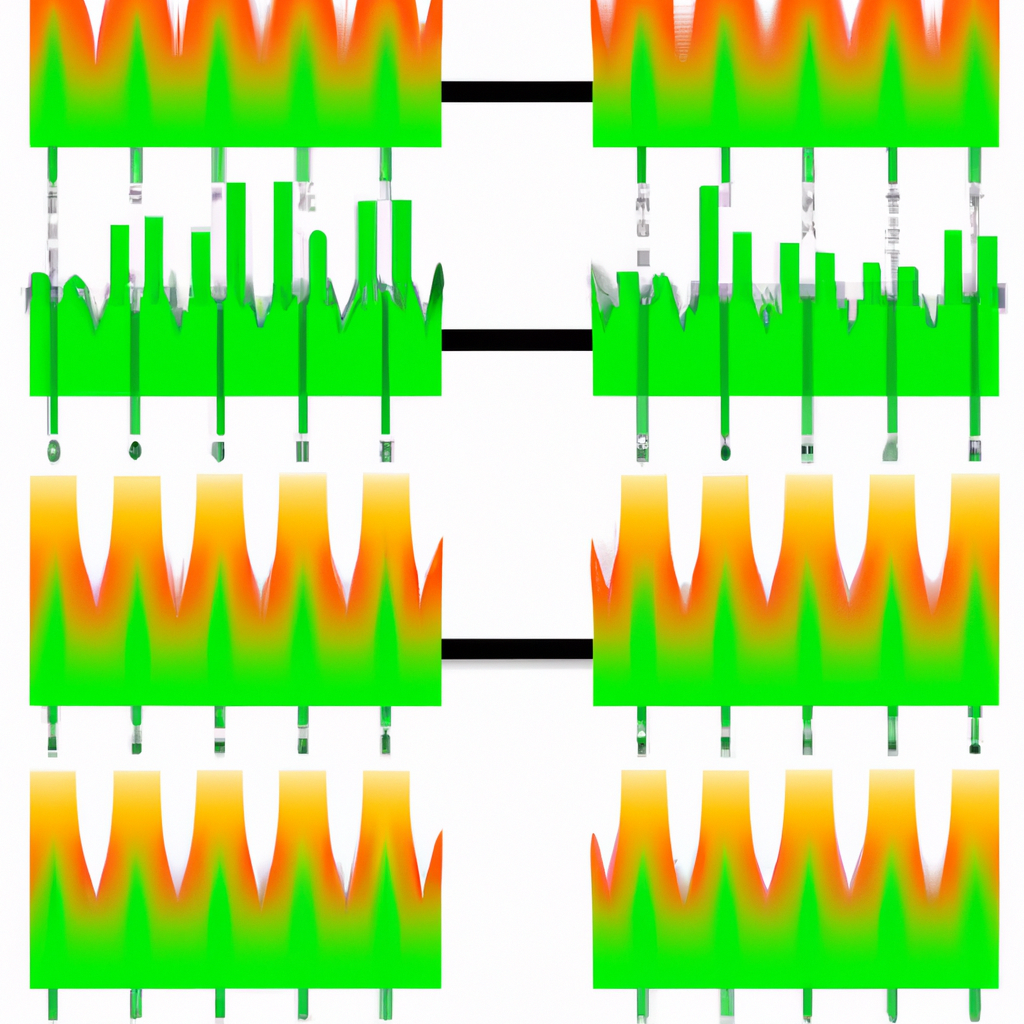Using Bollinger Bands for Trading: A Comprehensive Guide
Introduction
When it comes to technical analysis, Bollinger Bands are a popular tool used by traders to identify potential price reversals, volatility, and market trends. Developed by John Bollinger in the 1980s, Bollinger Bands provide valuable insights into market conditions and can be a valuable addition to any trader’s toolkit. In this article, we will explore the basics of Bollinger Bands and how they can be effectively used for trading.
What are Bollinger Bands?
Bollinger Bands consist of three lines plotted on a price chart. The middle line represents the simple moving average (SMA) of the asset’s price over a specific period, usually 20 days. The upper and lower bands are calculated by adding and subtracting a certain number of standard deviations from the middle line. Typically, two standard deviations are used, resulting in a band that encompasses approximately 95% of the price data.
Interpreting Bollinger Bands
Bollinger Bands provide valuable information about the volatility and potential price reversals in a market. Here’s how to interpret them:
- Price within the bands: When the price remains within the bands, it indicates a period of consolidation or range-bound trading. Traders can consider range-trading strategies during these periods.
- Price near the upper band: When the price approaches or touches the upper band, it suggests that the asset is overbought. This could be an indication of a potential price reversal or a period of consolidation before further upward movement.
- Price near the lower band: Conversely, when the price approaches or touches the lower band, it suggests that the asset is oversold. Traders may interpret this as a potential buying opportunity or a period of consolidation before a possible upward movement.
- Price breakout: A breakout occurs when the price moves outside the bands. This can indicate a significant shift in market sentiment and potentially lead to a strong trend. Traders often use this as a signal to enter or exit positions.
Using Bollinger Bands for Trading Strategies
Bollinger Bands can be utilized in various trading strategies. Here are a few commonly used approaches:
- Mean Reversion: Traders who believe that prices tend to revert to their mean can use Bollinger Bands to identify overbought or oversold conditions. When the price touches the upper band, they may consider selling, while a touch of the lower band could signal a buying opportunity.
- Volatility Breakout: Traders looking for potential breakouts can use Bollinger Bands to identify periods of low volatility. When the bands contract, it suggests that the market is consolidating, and a breakout might be imminent. They can enter a trade when the price breaks above the upper band or below the lower band.
- Trend Confirmation: Bollinger Bands can also be used to confirm the strength of a trend. When the price consistently stays above the middle line and rides the upper band, it indicates a strong uptrend. Conversely, if the price remains below the middle line and rides the lower band, it suggests a strong downtrend.
Combining Bollinger Bands with Other Indicators
While Bollinger Bands can be powerful on their own, combining them with other technical indicators can enhance trading decisions. Traders often use indicators like the Relative Strength Index (RSI) or Moving Average Convergence Divergence (MACD) to confirm signals provided by Bollinger Bands.
Conclusion
Bollinger Bands are a versatile tool that can provide valuable insights into market conditions. Whether you are a beginner or an experienced trader, understanding how to interpret and use Bollinger Bands effectively can help you make informed trading decisions. Remember to practice using Bollinger Bands on historical data and combine them with other indicators for a well-rounded approach to technical analysis.



